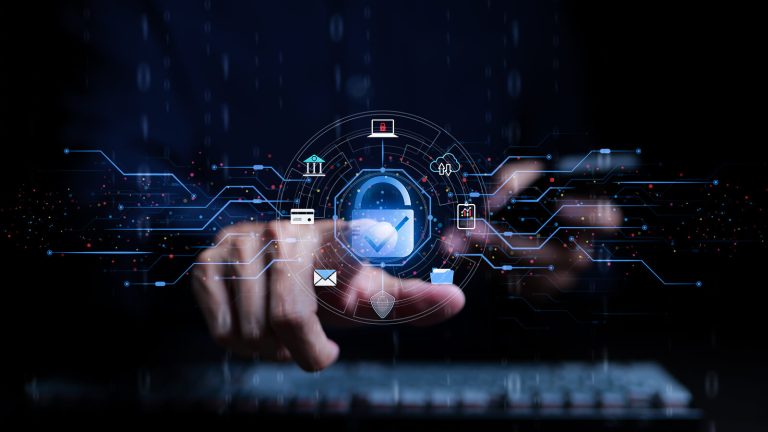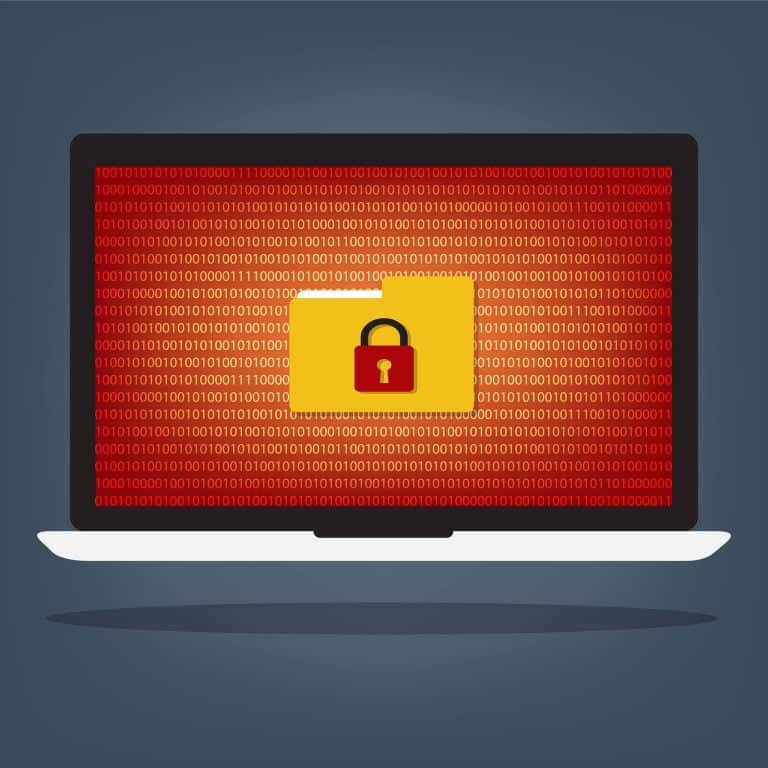In this primer learn how identity management solutions, or identity access management (IAM), work to provide additional control and security in an age of remote and hybrid work.
Table of Contents
ToggleOperating a business in the 21st century, regardless of the industry, means having an online presence and working online, through a localized intranet, or both. This push toward networking can have several benefits, making things like globalization easier than ever, but it also comes with some negatives.
Cybersecurity is an essential part of modern operations, but the more people you add to a given network, the more potential vulnerabilities you create. Usernames and passwords are just one layer of protection. Two-factor authentication adds another layer of security, but keeping track of frequently changing passwords and six-digit codes that refresh every 60 seconds often leads to security holes. One mistake is all it takes to leave a door wide open for a cyberattack.
Is there a better way to protect your networks while still making them accessible for your existing team, especially as remote work has become more common in the 2020s?
What Is an Identity Management Solution?
With small crews and smaller companies, it’s easy to keep track of everyone accessing your network at any given time. But as the numbers grow, so do the vulnerabilities.
Identity management solutions, also known as identity access management (IAM), work to provide additional control and security. They combine in-house policies with technology designed to limit access to these networks without preventing those with permission from accessing the systems they require to complete their tasks.
When applied to real-world systems, these solutions handle five essential functions:
1. Pure Identity
This is the basic function of any system that can create unique logins for each user. This function allows for the creation and management of identities without considering the access or entitlements of the user.
2. User Access (Login)
The user access function can be used to assign a specific digital identity to a given user, allowing them to be tracked from the moment they log in to the moment they log out.
3. Services
The services function collects extensive information about each user with the ultimate goal of improving application functions. The need for this comprehensive information means controlling access to it is essential to protect each user’s privacy.
4. Identity Federation
At its simplest, the idea of federated identity is nothing more than having a single login that provides a connected system, improving security while making things more streamlined and efficient. Each system will need to be added individually and secured to lessen the chances of an external breach.
5. Audit
The audit function gives IT crews and security specialists all the tools they need to monitor networked systems, prevent and repair malfunctions, and keep a close eye on suspicious behavior, all at their fingertips.
It sounds like an ideal tool for companies concerned with improving security while still providing network access for everyone who needs it. Can introducing an identity management solution decrease operational costs for IT departments?
Can IAM Solutions Decrease Operating Costs?
A survey found that 30-50% of help desk calls for IT support are because the user needs assistance resetting their password. That’s up to half of an IT department’s time for any given day. According to this same survey, a password reset call costs, on average, $70.
Setting up an identity management solution for a company can minimize costs by reducing the time necessary to solve these problems, freeing IT professionals to spend their time working on more critical tasks.
This additional level of security can also reduce the frequency and severity of cyberattacks and breaches, which can also save the company money. In 2020, small companies lost an average of $24,000 each to cyberattacks. On the other hand, Enterprise-level companies lost an average of $504,000 — but that’s on the low end of the scale.
The Cognizant ransomware attack from April 2020 cost companies $50-$73 million by itself. While this cost isn’t directly related to the IT department, the damage these attacks can do has far-reaching consequences that will increase IT operational costs as the department struggles to recover.
Looking Toward the Future of Cybersecurity
Working online is a standard part of everyday operations in the modern age, but it has its vulnerabilities. Identity management solutions might represent a significant investment in the beginning, but when you compare that cost to the potential savings — both in terms of IT operations, information security, and in protecting the network from attacks — the costs are justified, especially with the growing number of companies opting for remote work rather than returning to office spaces in the wake of the global pandemic.
Companies that haven’t adopted an identity management solution yet should consider investigating this option and seeing what will work best for their company.




